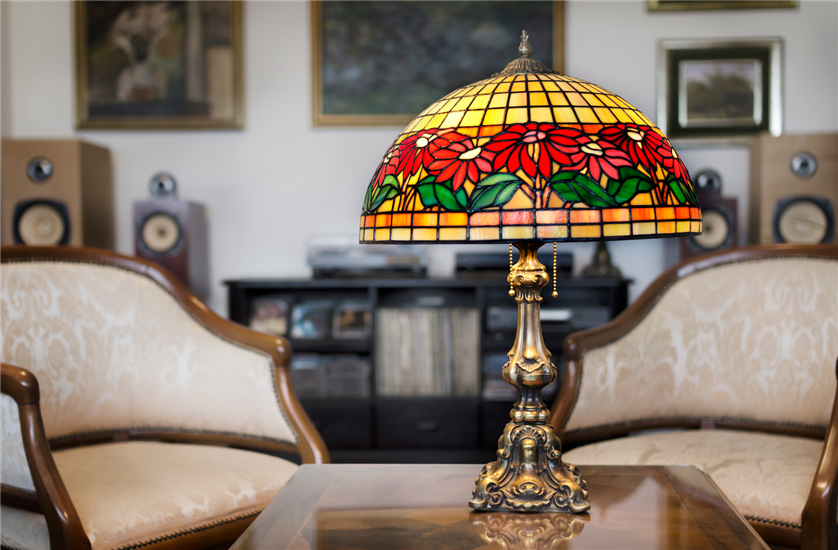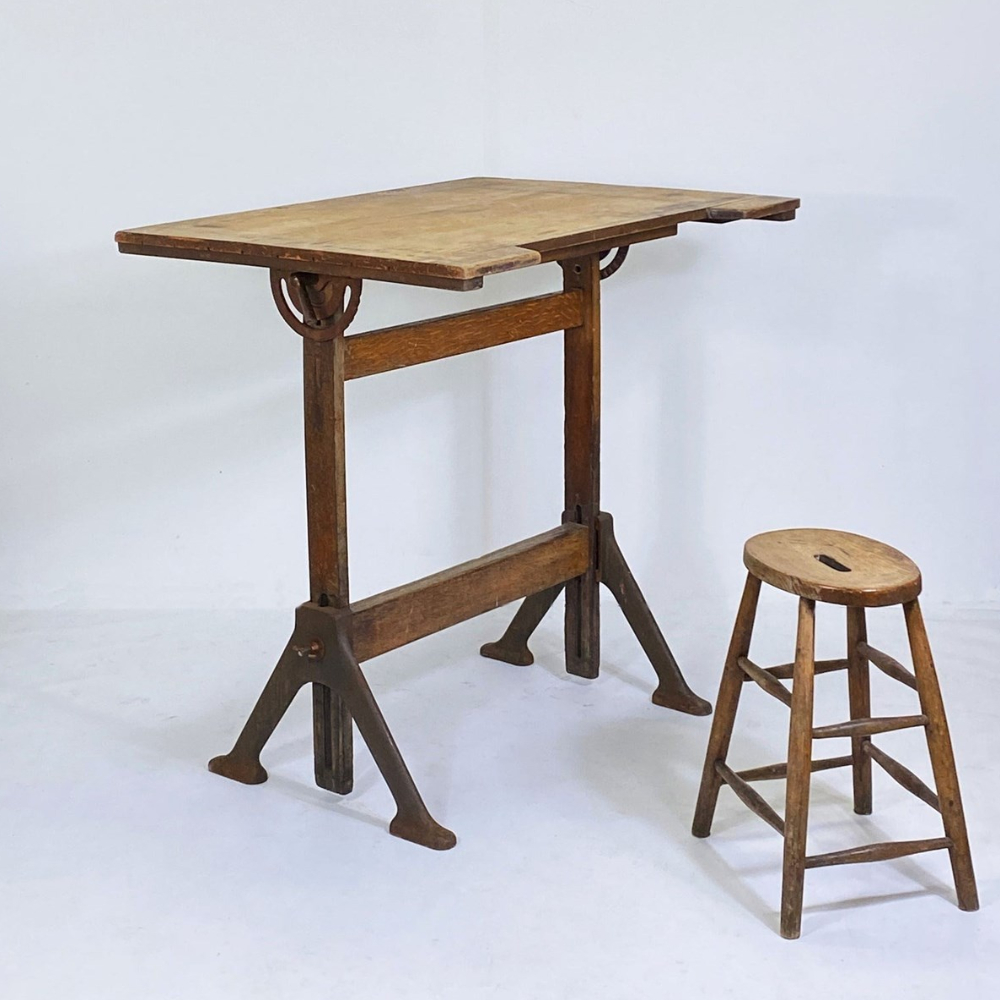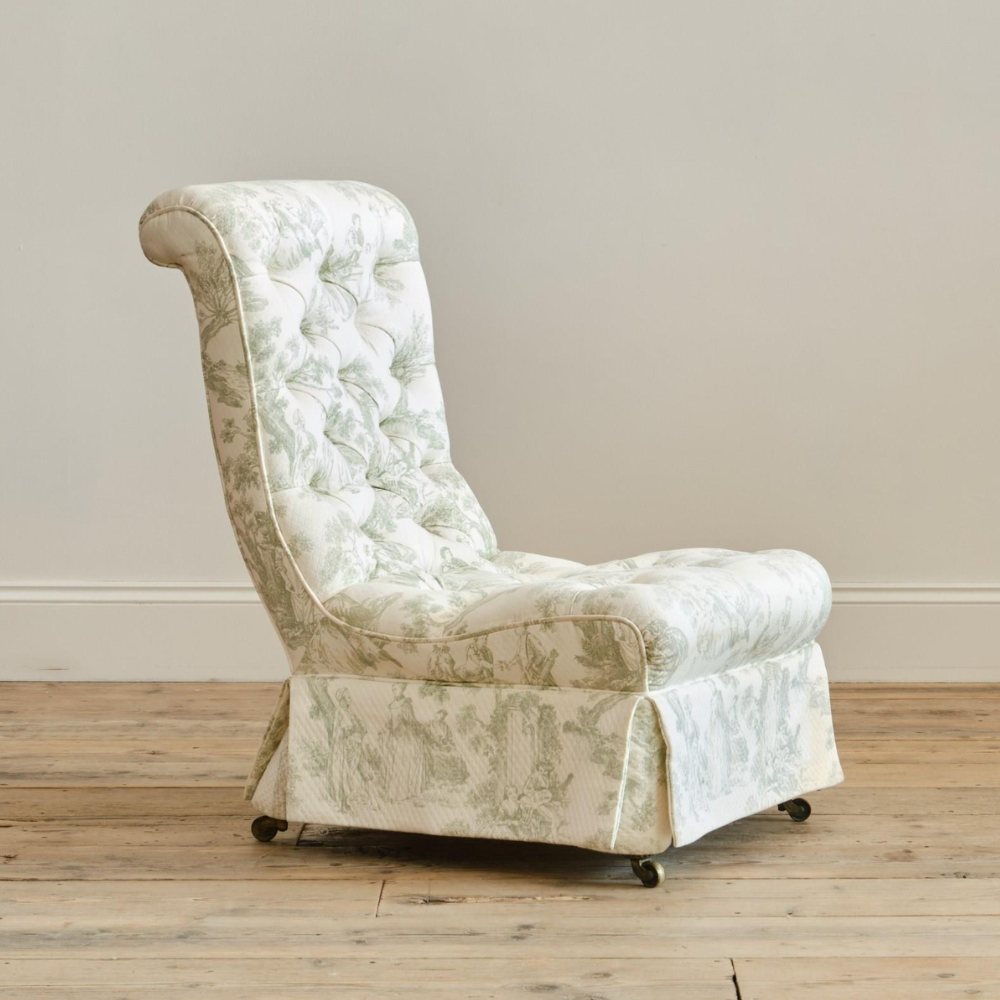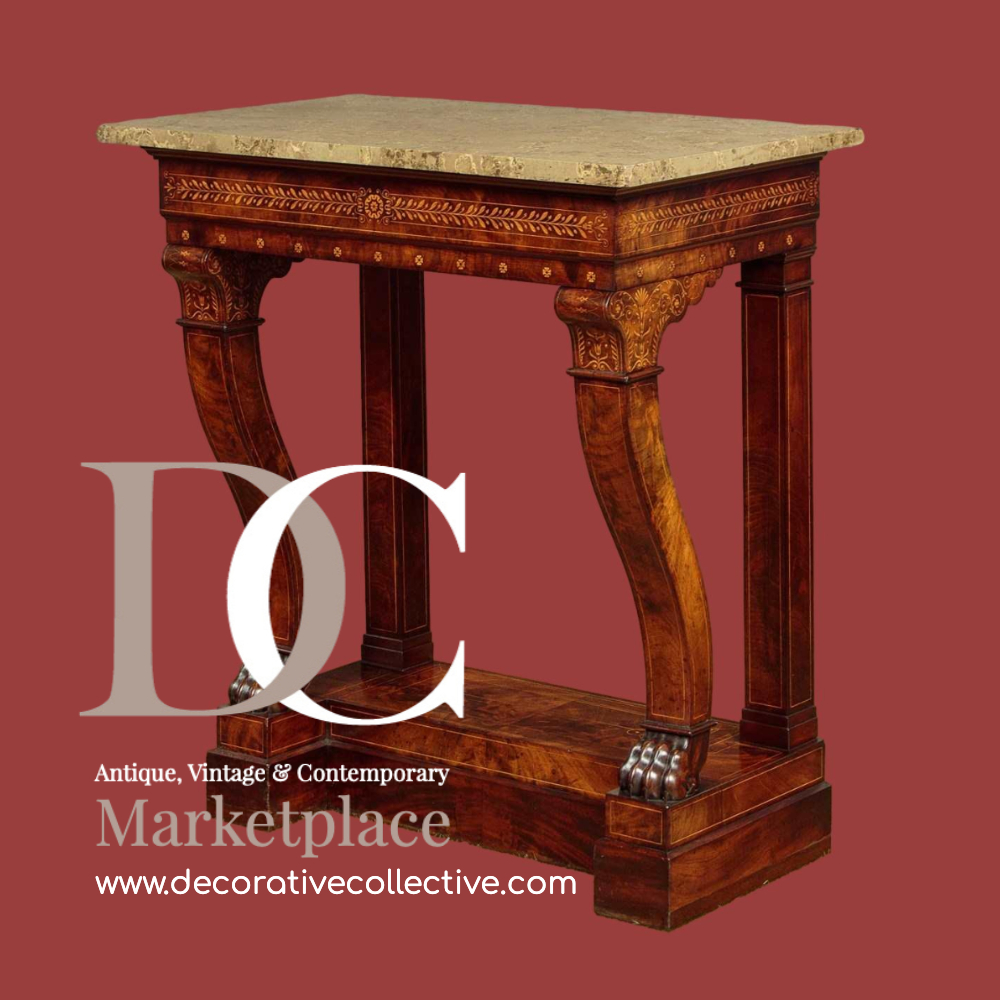
The Tiffany lamp has returned to the spotlight thanks to a renewed interest in this piece of Art Nouveau history. Its timeless design and alluring glow are winning over interior designers looking for ways to add authenticity to their decor.
A brief history of the Tiffany lamp
You may well be wondering if the Tiffany lamp is connected to the famous jewellery brand. In fact, the glass lamp was conceived by Louis Comfort Tiffany, the son of the renowned jewellery designer whose brand is synonymous with luxury worldwide.
Tiffany discovered a new way of staining glass in the late 19th century that embedded the colour into the glass to give it a richer effect. He patented the design and won the Grand Prize at the Paris Expo in 1900.
The Tiffany lamp is made up of pieces of jewel-toned glass with a lead came to create a mosaic-like effect. Its designs typically reflect nature, with florals as a recurring motif.
Are Tiffany lamps still in style?
The Tiffany lamp remains a symbol of the Art Noveau movement in America. It is still highly sought-after among dealers and collectors, but it’s also finding its way back into people’s homes.
Serving a functional purpose as well as an aesthetic one, Tiffany lamps suit most interior design styles and room types. Its warm glow and exquisite design create a cosy feel that has an enduring appeal.
How to add Tiffany lamps to a modern interior
Adding a Tiffany lamp to your room is easier than you might imagine.
- Pick out a colour from your lamp to carry through the rest of your furnishings and fittings. Tiffany lamps come in a richly diverse range of colours, from sumptuous greens to deep reds, beautiful blues and shades of yellow.
- If your Tiffany lamp has a floral motif, consider using a wallpaper that complements the style.
- If you plan to use more than one lamp, ensure there is one consistent feature that ties the whole look together, i.e. the shape of the lamp, the colour, or the design.
Whether your Tiffany lamp is the real deal or simply a lookalike, it deserves to be the focal point of the room. Its intricate design and stunning glow will undoubtedly make it a talking point, but you can elevate it further by positioning it in a prominent place.
How can you tell if a Tiffany lamp is real?
Some Tiffany lamps have the original "Tiffany Studios" or "Tiffany & Co." stamp, but many do not, so you’ll need to rely on other clues to authenticate your lamp.
Start by examining the glass quality, noting vibrant colours and opalescent or iridescent finishes. Genuine Tiffany lamps have specific lead came techniques showcasing skilled craftsmanship.
Check for a consistent and well-aged patina on the bronze components. Authentic lamps are typically heavy due to their quality materials.
Finally, seek provenance and documentation if available, and consider consulting experts or antique appraisers for verification. Be cautious of unusually low prices, and use reference materials for comparison.




